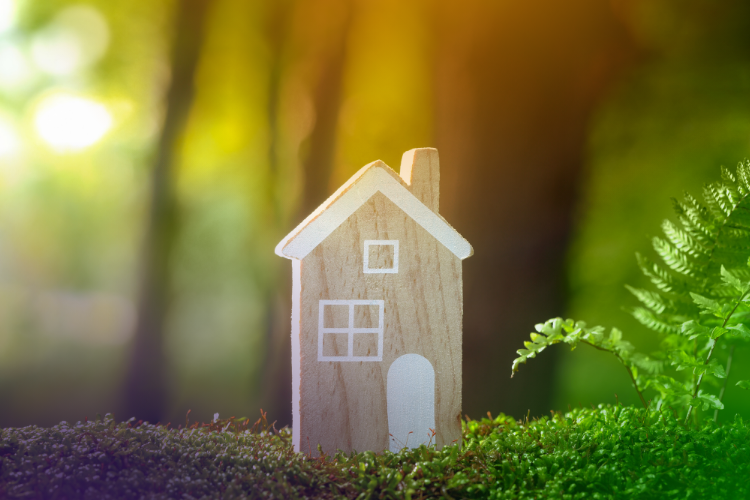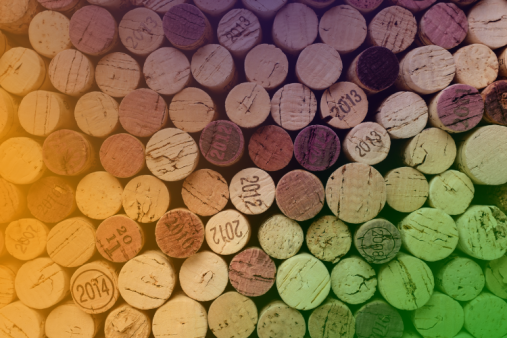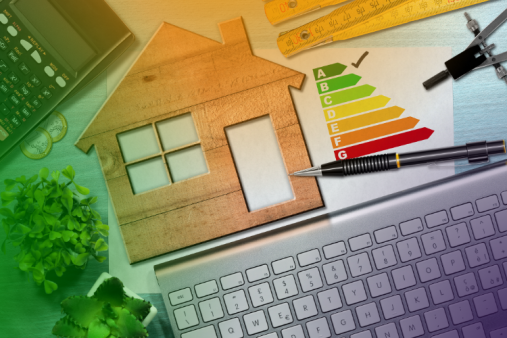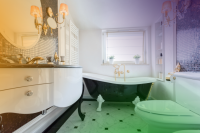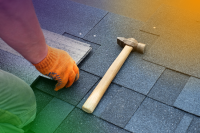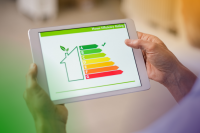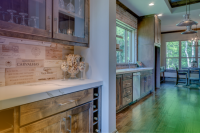Going Eco with Your Home Improvements
If there’s one term which sums up the 21st century so far, it’s probably climate change. Over the last decade, everyone’s become more aware of the effect humans are having on the planet, and taking steps to try to change our behaviour. Most of us have already insulated our home, and tried to minimise energy bills. However, when it comes to an eco-friendly renovation project, there’s a lot more to think about.
20 eco-friendly home improvements you can make
Looking to make your home eco-friendly? Here are 20 eco-friendly home improvements you can make:
- Install energy-efficient windows to reduce energy consumption.
- Switch to LED light bulbs to save energy and reduce waste.
- Install a programmable thermostat to control heating and cooling more efficiently.
- Insulate your attic and walls to reduce energy loss and save on heating and cooling costs.
- Install a solar water heater to reduce your reliance on fossil fuels.
- Plant trees or install shading devices to reduce heat gain in the summer.
- Replace old appliances with energy-efficient models.
- Install low-flow showerheads and faucets to conserve water.
- Use a rain barrel to collect and reuse rainwater for watering plants.
- Use natural cleaning products to reduce exposure to harmful chemicals.
- Install a compost bin to reduce food waste and create nutrient-rich soil.
- Use reusable grocery bags, water bottles, and containers to reduce waste.
- Install a green roof or a rooftop garden to reduce heat gain and improve air quality.
- Use eco-friendly insulation materials, such as recycled denim or cellulose.
- Install a wind turbine or solar panels to generate your own renewable energy.
- Choose eco-friendly flooring options, such as bamboo, cork, or reclaimed wood.
- Install a gray water system to reuse water from sinks, showers, and washing machines for irrigation.
- Use smart home technology to monitor and control energy use more efficiently.
- Install low-emissivity (low-e) windows to reduce heat loss in the winter and heat gain in the summer.
- Use natural ventilation strategies, such as opening windows and using ceiling fans, to cool your home instead of relying on air conditioning.
Here is some more detail on some of the ways in which you can help the environment whilst improving your home.
Reduce, Re-use, Re-cycle in Home Improvements
The classic green mantra of “reduce, reuse and recycle” is something we’ve all heard of, but often the reduce and reuse parts are missed out in favour of just trying to put everything in the recycling bin. When you’re planning a renovation or DIY project, try to bear in mind the “reduce and reuse” as much as you can. Don’t overbuy, especially from retailers who won’t allow you to return excess. Reuse is probably the easiest thing to achieve home improvements, but definitely takes a bit more of an effort than simply logging into your favourite website and ordering everything brand new.
Salvaged Materials
Salvaged materials are one of the best ways of making any project more eco. Salvage yards across the UK will sell you everything from wooden flooring from an old school gym to fabric salvaged from a factory which has shut down. Salvaging items, or reusing items which you already have is always better than being new. Browse through upcycling blogs online and you won’t fail to be impressed by the skill and imagination of clever crafters around the world.
Create Your Own Salvage
On the flip side of trying to embrace using salvaged materials in your home improvement projects, could you salvage anything rather than sending it to landfill? Use one of the free local ads sites such as Gumtree, Freegle or Facebook marketplace to get rid of old kitchen units, carpet, bathroom suites or furniture rather than chucking it all in the skip and sending it to landfill. There are also numerous community re-use projects which will happily take excess DIY items like paint, wallpaper, flooring or tools which can be loaned or sold on to other people who need them.
Eco Insulation
If your renovation or DIY project is something like a loft extension or garage conversion, building standards require a high level of insulation. Lots of insulation guarantees lower energy bills, but not all insulation is created equally. If you want to go really eco, look for some of the environmentally friendly options on the market rather than the more common foam boards. One of the most sustainable products is sheep’s wool insulation. It’s sold in rolls, and can be used either in your walls or under floorboards. Another green option is cellulose insulation, made from recycled newspaper which has been treated to give it fire-retardant properties. This type of insulation is sold “loose” rather than in rolls, so it’s perfect for cavity walls.
Rainwater Harvesting
Lack of clean water hasn’t – until now – been an issue which affects much of the UK, with its rainy and damp climate. However, climate change means everyone should be more conscious of the amount of water we use, and the energy and resources used in cleaning it. Rainwater harvesting, as the name suggests, is a way of collecting the water which falls on the roof, storing it, and using it for things like flushing toilets, washing the car or watering the garden where the water doesn’t need to be up to drinking standards. Rainwater harvesting systems involve a collection system on the roof, a storage tank and a pump to deliver the water where it’s required. Retro-fitting a rainwater harvesting system can be awkward, so if you’re renovating a property or building an extension it’s the perfect time to think about it. If you’re on a water meter, rainwater harvesting can save you money on your water bills too.
VOCs and Paints
Most home improvements will include a bit of paint. Paint is a cheap and effective way of updating a room, but paint can contain some chemicals which are very harmful to the environment. So much so, that many councils will not allow you to discard paint pots with standard household waste. Paint pots – whether empty or full – have to be recycled separately. The chemicals causing such an issue are called volatile organic compounds, or VOCs. These chemicals let off harmful gases, which is why we’re often advised to keep the room well ventilated when painting. Solvents and other VOCs might be added to paint to make it easier to apply, or to make it dry more quickly. Most paints marketed as Low VOC aren’t really low at all, it just means that the have a lower VOC content than competitors. Several UK brands such as Earthborn, Little Greene Paint Company and Graphenstone make paints free of VOCs. The downside is that they are often a lot more expensive than the standard alternative.
Alternative Energy - Is It Worth It?
Before the economic crash of 2008, there was a lot of government money sloshing around as incentives for insulating your house or putting solar panels on your roof. These incentives have all but disappeared, and installing alternative energy solutions is no longer the cash cow which it used to be. However, that doesn’t mean discounting installing a ground source heat pump or woodburning stove altogether. It just means that you have to get the calculator and crunch the numbers properly to see how long it would take your investment to pay you back in terms of reduced bills. Of course, if saving money isn’t your primary focus for installing alternative energy, the payback time might not be as important.
Energy Efficient Light Bulbs
Old-fashioned lightbulbs are a thing of the past, and if you’re shopping for a new renovation project then your only option are low energy bulbs. The ultra-modern choice is LED lighting, and the technology used to make LED bulbs is decreasing in price all the time. LED lights are bright and much longer lasting than other types of bulb, so although they may be more expensive than other types of bulb they will last a lot longer, and need replaced less frequently.
Eco Friendly Flooring
If you’re not going down the salvage route, then choosing flooring is another way where you can make some steps to being more eco-friendly. If you’re opting for wooden or wood laminate flooring, check the packaging or website listing to make sure the flooring is certificate by the Forest Stewardship Council (FSC), which guarantees it is sustainably produced. However, there are other options out there which have less of an environmental impact, such as cork, rubber or bamboo. These are all natural products which bring a warmth and some character into your home. Natural flooring is less uniform than man-made, and this makes the floor look quirky or unusual. Different flooring types work better in various rooms in the house. Cork, for example, is anti-microbial and easy to maintain, but might require to be specially treated to be water-resistant if used in a bathroom. Glass tiles are another option which can be produced in any colour, and which is very hard-wearing. Visit a flooring showroom to help you make your decision – it’s always easier to make a decision when you can see a product, touch it and compare it with other products.
Eco Friendly Windows and Doors
Lots of the advice about creating an eco-home is reducing airflow, keeping draughts out and making a home as “passive” as possible. One way of doing this is with great insulation, which will keep as much heat as possible from escaping through the walls and ceiling. Another weak spot when it comes to heat loss is doors and windows, so if you are planning a new extension or upgrading your current home, do your homework into the best doors and windows to use. Most homeowners gravitate instinctively towards triple glazing, believing that it has to be better than double. However, triple glazing is about 20% more expensive than double, so will perhaps stretch any renovation budget. Triple glazing is a good choice if you’re also concerned about keeping out noise, or if you are installing new windows everywhere anyway. It’s probably not worth replacing a good set of double glazed windows and doors with triple glazed instead.
Eco Renovations - Are They Worth It?
There’s no law which says you have to go eco when renovating. But it’s easy to take some simple steps such as painting an old table rather than buying new, which will reduce your impact on the planet. Trying to go green can be overwhelming so don’t approach a project with the idea that everything has to be as eco-friendly as possible. Start off by making a few switches, such as using a low VOC paint, or adding an extra inch of insulation. There’s lots of advice and information online, and inspiration in the glossy interiors magazines to showcase what other homeowners have done.
